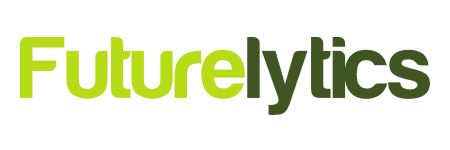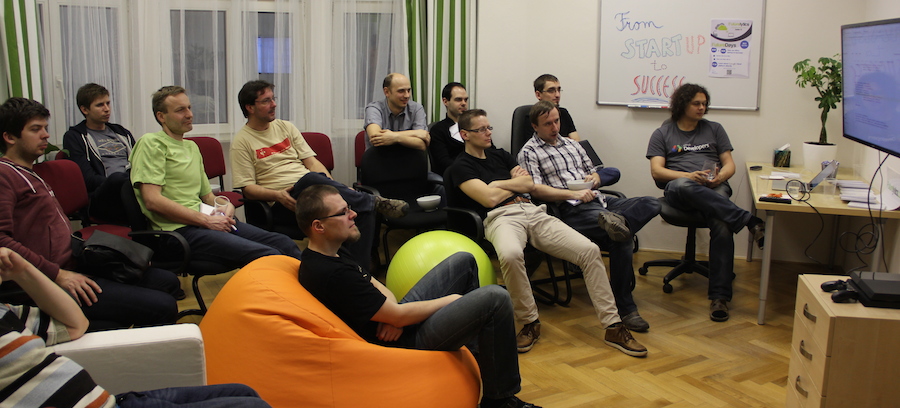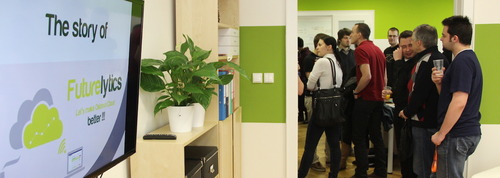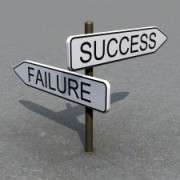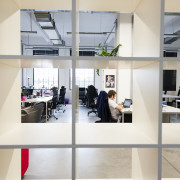Being a successful entrepreneur is hard on its own. So being a failing entrepreneur is harder still. But as entrepreneurs, startup founders should be prepared for failure, just as much as they should be prepared for success. Failing well, though may seem like something nobody wants to know how to do, is how an entrepreneur sets him or herself up for future successes. In a game of high risk and high reward, you lose more often than you win, so losing well is key.
Here are a few of the hardest ways to fail as an entrepreneur, and what you can do to salvage something from failure.
1. Do Everything Right, and Still Fail.
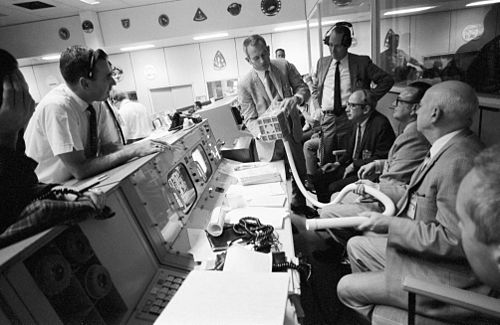
Apollo 13: Some failures you can be proud of.
I was fascinated by the recent demise of Outbox, a startup that promised to digitize and streamline the postal experience in the United States. By most accounts, Outbox did everything right. They had only 2,000 paying customers in one market (Austin, Texas) at their peak, but they had enormous brand recognition in the United States, and a waiting list of 25,000 customers in several other markets, including San Francisco. The company’s original goal was to partner with the USPS, and reroute customer mail to a local warehouse, which would digitize and digitally transmit user mail via email. Important documents could then be selected for delivery.
Long story short, the USPS killed the partnership when they realized Outbox’s potential for destroying the direct mail marketing business, by unsubscribing customers from mass mailings, costing the USPS potentially millions of dollars a year. An outmoded and failing government enterprise killed a cutting edge and potentially thriving new market, to secure an already weakened profit stream. Without the partnership with the USPS, Outbox would never be able to support customer acquisition costs and improve service density to the break-even point, much less profitability.
What you Can Learn From It
What killed Outbox was more than a structural problem. On the surface, the cycle they faced looked a lot like Pets.com, a popular, attractive, effective business from the consumer point of view, that just happened to cost the company more and more money, the more customers it managed to gain. But this failure was not founded on the idiocy that defined the rise and fall of Pets.com. Rather, Outbox made smart and effective investments into technology, a complex backend that worked well, and a level customer service that won them a lot of affection from customers. They did most things right, but it just turned out that doing most things right wasn’t enough to make money, or even to get back the investments they’d made.
The post office has been around for 300 years in the US, and so they were late by a few centuries. Even a vastly superior product has a hard time competing with that kind of a lead to market. But the founders of Outbox can leverage these innovations, and pivot towards a more profitable vertical, which is what they intend to do. If you’ve done everything right, you’ve put in the hours, and you’ve treated customers with respect and caring, and built a product that works well, it can’t ever be a complete failure. There will always be something in it that is of value. Possibly far more than you would ever have anticipated. Sometimes a product or service is just way ahead of its time- but the knowledge and connections gained, even in this failure, may well lead to something even better.
2. Do Everything Wrong

As Paul Graham of Y-Combinator is fond of saying, most often, an idea that seems bad is actually a bad idea, or even if it is good, it may be fundamentally unworkable as a business. Or it may be impossible to grow. It’s the black swan, the idea that can work as a growing product and as a sustained business, that VCs look for, and that startups try to become. Because the best startups are ideas that seem bad, and are actually brilliant. Dropbox entered a geeky, techy marketplace, and delivered a product that my mom uses. Facebook entered a marketplace in which Myspace predominated, and beat them by being *less edgy*. WhatsApp was acquired for 11 figures for its take on an app that has been around since before smartphones. Those all seemed like loser ideas at the time, but there was something about each of them that just worked, from their marketing, to their backend, to their core concepts. They appealed on some level that allowed them to ignite and grow in a way that all their competitors failed to do.
But most of the time, perhaps 99% of the time, entrepreneurs will be involved in “all their competitors” and not in the one app in 100 that makes it to a massive acquisition or an IPO. Everyone here at StartupYard has been involved in one of these types of failures. The idea is good, but it depends too much on a community that doesn’t exist. Or the community exists, but no amount of pivoting seems to open a sizable, sustainable revenue stream. Or, after funding has come and gone, it’s found that the increase in size and revenue has still not yielded a profitable business.
What You Can Learn From It
Learning how to walk away from this kind of experience is painful. Especially when you’ve created a product that thousands of people really do use and love. But if you can’t make the business profitable, and you can’t make the business grow and open up new opportunities for profit, then you’re losing. No matter how slowly, you’ll still lose. So moving on and licking your wounds is an important lesson that most of us have to learn at one time or another- rather to own up to these mistakes and miscalculations as soon as possible, and move on with your knowledge and experience to something that has a chance at changing the world.
3. Cheat, and Fail
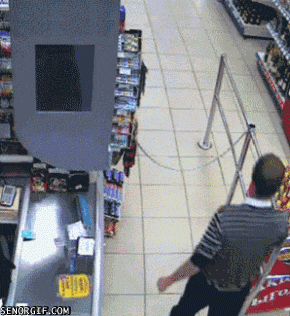
Cutting corners and massaging the truth are attractive options for any startup with big ideas and not-quite-big-enough results. “Fake it till you make it,” is a truism among startups, but that’s a mentality more than a license to bend the truth.
Most of us have lied at one time or another, either to get a job, or to keep it, to get something we thought we deserved, or to keep from losing something we really didn’t. Very often, these little lies don’t come back to haunt us.
Colors is a great example of a startup’s chickens coming home to roost. Having pitched a totally unproven technology with a poor UI and poor user statistics for $41 Million in silicon valley, Color was in deep trouble two years later. Court cases and allegations later revealed a history of poor management and alleged fraud against employees. It bears repeating, now and always, that a high valuation for a startup does not make its founders rich. If anything, it has to potential for exploding a bubble, if there is one. if a company is based on lies and innuendo instead of fundamentals, eventually everyone will realize this. Unless you’re Frank Underwood in House of Cards of course. In which case, this never happened.
What You Can Learn From It
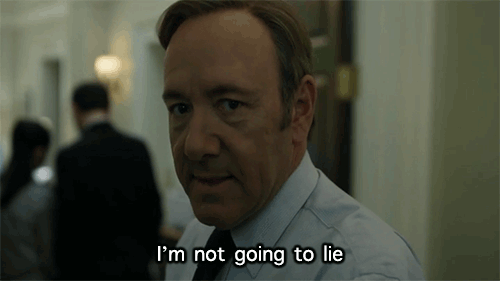
But if you actually intend to achieve the success you would like, you should expect that everything you say will, at one time or another, be scrutinized. Whether it’s embellishing your own resume, like Yahoo’s Scott Thompson, or lying about your metrics, to telling your investors that you’ve made more progress than you really have, the truth will eventually out. So cheating early is a guarantee of problems down the line.
[ssba]
